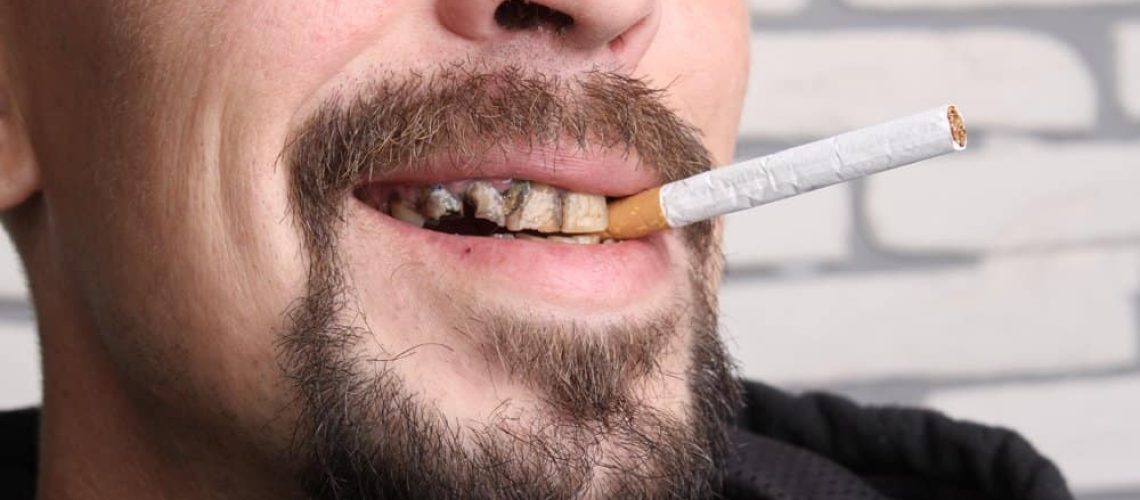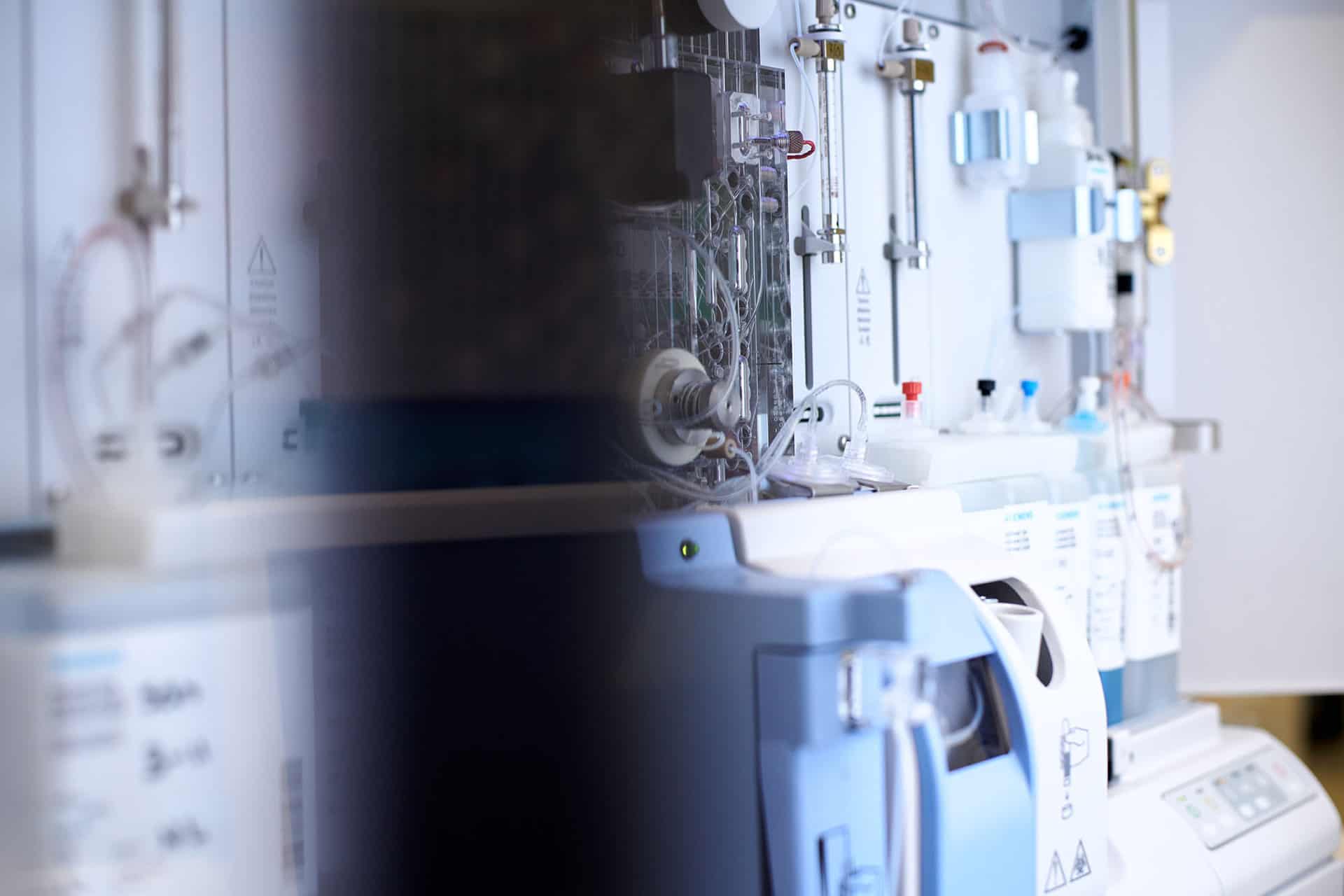Tooth decay progresses down a predictable path, with certain factors determining its speed of progression. In this post, we’ll be going over the entire process from beginning to end, starting with:
The Formation of Plaque
Almost all tooth decay can be traced back to this factor. “Plaque” refers to that sticky, fuzzy substance that accumulates on your teeth during long periods without brushing. It is actually the result of chemical reactions between carbohydrates and the bacteria that naturally accumulates in your mouth. Certain foods enhance this chemical reaction, especially those that are loaded with carbohydrates – sugary foods, starches, and even fruit.
Plaque forms along these steps:
- As you chew your food, it gets broken down into carbohydrates.
- These carbohydrates end up combining with the bacteria in your mouth.
- The combination of carbohydrates and bacteria ends up creating an acid.
- The acid collects food particulates in your mouth that are left over from meals, creating a further chemical reaction.
- The compounding of this process over and over again results in a thick, sticky substance that creates a film on your teeth – this is what is known as “plaque”.
It is important to remember that the bacteria that causes plaque is fed primarily by carbohydrates. This is why eating a lot of sugary and starchy foods increases your risk for tooth decay. Failing to brush and floss regularly is another factor that increases this risk, as it allows this bacteria to grow and thrive without interruption.
Demineralization
When the bacteria in the mouth combines with carbohydrates from food, acid is created. Acid, of course, eats away at its surroundings, in this case the teeth.
The first thing to be eaten away is tooth enamel, the protective outer layer of the teeth, in a process referred to as “demineralization”. This is a process that is often slow enough to allow enough time for the body to replenish the enamel. Factors such as genetics, poor dental hygiene, or excessive carbohydrate consumption, can result in demineralization progressing to the next stage of tooth decay.
First Stage Tooth Decay
At this stage, you will begin to see dark spots appearing on certain areas of the teeth. These are spots where acid is beginning to eat its way past the tooth enamel. These areas may also appear as white spots, although in this case it is likely that only your dentist will spot them.
At the first stage of tooth decay, a halting and reversal of the process is still possible.
Cavity Formation
Once the acid has fully moved past the enamel, it will begin to eat away at the next layer, known as the “dentin”. This is the hard, bony layer of the tooth between the enamel and the soft tissue underneath. This may take some time, as long as three to four years in some cases.
At this point, the living cells that comprise the tooth, as well as the mineral crystals that make up the dentin, have become susceptible to tooth decay. Once a cavity has formed, there is no natural cure, and the processes cannot be reversed. Instead, the only option is professional dental intervention.
This is usually the stage in which one begins to feel aches and pains. Teeth with cavities are typically sensitive to cold and hot temperatures, pressure, and exposure to sugary foods.
Pulpitis
Over time, cavities will make their way down into the tooth pulp – the soft, fleshy tissue underneath the dentin. When acid begins to affect this tissue, it results in an infection known as “pulpitis”. This is an extremely painful condition, as it results in a swelling of the tooth pulp. However, this swelling is suppressed by the surrounding dentin, and so the pressure of the swelling becomes focused downward onto various blood vessels. This results in the cutting off of blood supply to the tooth pulp, which eventually dies.
Abscess & Systemic Disease
Eventually, the infection will make its way to the tooth root, around which an abscess can form. Abscesses are inflamed pockets of pus, which can eventually spread out to the surrounding gum line. This can also contribute to periodontal disease.
Ultimately, this infection can enter the bloodstream, affecting distant organs such as the heart. Certain systemic diseases associated with tooth decay include heart attack, diabetes, and stroke.





